Regulatory Compliance in Packaging: What Your Company Needs to Know to Avoid Penalties
Baraka • September 26, 2024
Regulatory Compliance in Packaging: What Your Company Needs to Know to Avoid Penalties
Introduction
Product packaging is not only crucial for protecting and preserving the content but must also comply with a set of regulations that vary by product type and geographic region. These regulations ensure safety, transparency, and sustainability in the market. Failure to comply with these regulations can lead to severe penalties, from fines to the prohibition of selling the product.
What is Regulatory Compliance in Packaging?
Regulatory compliance in packaging refers to adhering to a series of laws, regulations, and standards that ensure products are packaged safely and in accordance with applicable laws. These regulations cover everything from the type of materials used to the information that must be included on the label. The laws vary according to the industry and country, but all share the goal of protecting both consumers and the environment.
Why It’s Vital to Comply with Packaging Regulations
Non-compliance with packaging regulations can have a devastating impact on a company’s reputation. Besides potential economic sanctions, the company may face product recalls or, in severe cases, temporary closure. Complying with regulations not only avoids these issues but can also be a mark of quality that attracts consumer trust.
Specific Regulations by Product Type
The type of product determines the specific regulations that must be followed in packaging. Some examples include:
Packaging for Food Products
Food products require packaging that protects against contamination, and it’s essential to include clear information about ingredients, expiration date, and food warnings.
Packaging for Chemical Products
Chemical products must comply with strict regulations regarding the durability of the packaging and clear labeling to ensure safety during transportation and storage.
Packaging for Pharmaceutical Products
For pharmaceuticals, the packaging must protect against contamination and ensure that the medicine remains in good condition throughout its shelf life.

Key International Standards You Need to Know
ISO 11607: Packaging for Medical Products
This standard specifies validation requirements for the packaging of sterilized medical devices, a key aspect of patient safety.
European Regulation CE 1935/2004
This regulation governs materials in contact with food in Europe, ensuring that they pose no health risk.
FDA Regulations for Food Packaging
In the U.S., the FDA has specific regulations on how food must be packaged and labeled to ensure consumer safety.
Labeling Requirements: An Essential Element of Packaging
Labeling is an integral part of packaging and is subject to strict regulations. The label must provide clear and accurate information about the package's contents, including necessary warnings. Incorrect labeling can lead to severe penalties.
Sustainable Packaging and Regulatory Compliance
In recent years, sustainable packaging has become increasingly important, and more regulations are encouraging or even mandating companies to use eco-friendly materials. These regulations aim to reduce carbon footprints and minimize waste.
Environmental Regulations and Their Relationship with Packaging
Some laws, like the Extended Producer Responsibility (EPR) law, require companies to be responsible for managing the waste they generate, including packaging. These regulations force companies to think about the entire lifecycle of the packaging.
Common Penalties for Non-Compliance
Non-compliance with packaging regulations can result in various penalties:
- Monetary fines: Depending on the severity of the violation, fines can vary.
- Product recall: Products may be recalled if they do not meet regulations.
- Reputation damage: A penalty can erode consumer trust in the brand.
How to Adapt Packaging Regulations in Different Markets
It’s crucial that companies adapt their packaging to local and international regulations. This may involve changes in materials, labeling, and design depending on the applicable regulations in each region.
Common Mistakes Companies Make in Regulatory Compliance
Some frequent mistakes include failing to stay up to date with regulatory updates and using materials that do not meet current standards.
Strategies to Ensure Regulatory Compliance
Hiring Specialized Consultants
Having experts in packaging regulations ensures that the company is up to date and complies with all regulations.
Using Technology Tools
There are specialized software tools that help companies verify compliance and track regulatory updates.
The Role of Technology in Packaging Regulatory Compliance
Technology plays a fundamental role in packaging regulatory compliance. Tools like artificial intelligence can help verify quality and ensure that products meet established standards.
Conclusion
Regulatory compliance in packaging is an essential aspect for any company that wants to operate legally and avoid penalties. Ensuring that products meet regulations not only protects the company from sanctions but also enhances consumer trust.
What happens if my company doesn’t comply with packaging regulations?
Consequences can range from fines to product recalls.
What are the most important regulations to follow for food packaging?
It depends on the region, but generally includes the FDA in the U.S. and CE 1935/2004 in Europe.
How can I ensure that my packaging labeling is correct?
Make sure to follow local and international regulations and constantly review updates.
Is sustainable packaging legally required?
In some regions, yes, especially in Europe, where laws are promoting the use of sustainable materials.
What regulations most affect small and medium-sized enterprises?
Labeling and packaging material regulations tend to be the most challenging for SMEs.



